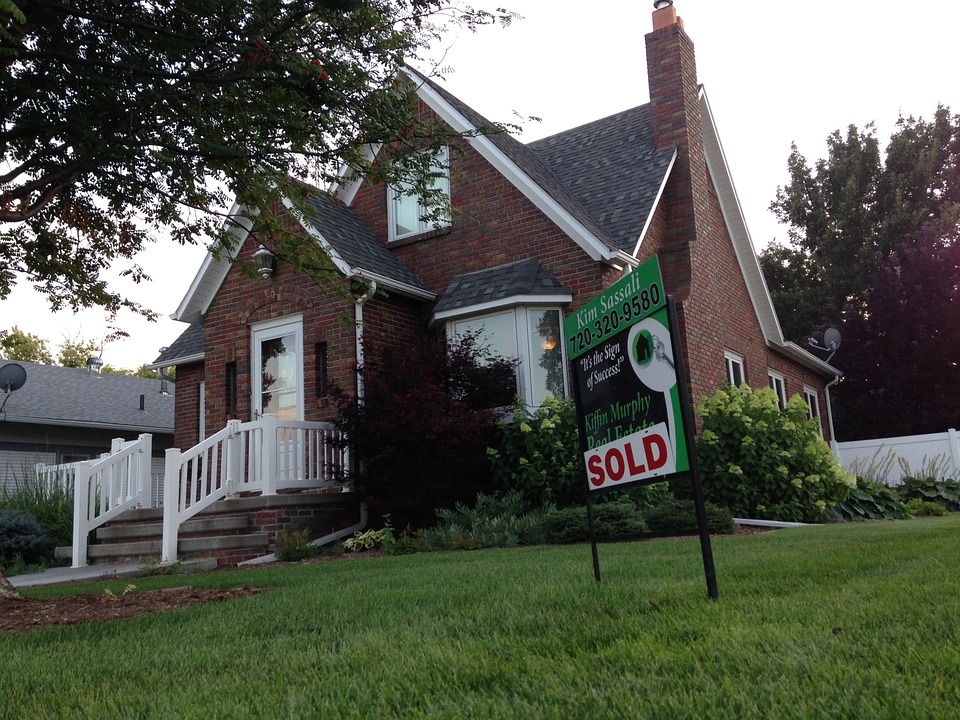The cost of houses in the United Kingdom has continuously been on the upswing since last month as property traders scramble to profit from the prolonged sales tax break, according to Rightmove, the British biggest real estate internet vendor. The month of May, therefore, experiences a British record for the cost of houses.
Rightmove published that the national mean cost of property in May is now at £333,564, which comes at a 1.8% increase from the cost of property in April. This cost is a raise based on the 2.1% recorded from the previous month. This trend had started in 2020 after the COVID-19 enforced lockdown in the UK, according to Tim Bannister of Rightmove.

The reason can firstly be traced to the fact that wealthier folks were in search of bigger, better, and more spacious houses to accommodate them and their desire to work remotely during the Pandemic. Tim Bannister said that there was an unusually high demand for properties. Cory Askew, head of sales at Chestertons, also contributed that more people were predicted to migrate to the areas outside of London.
The other major reason for the radical upsurge of the cost of properties and real estate can be traced to the prolonged suspension on stamp duty charge. The UK minister of finance, Rishi Sunak, had earlier in the year announced the extension of this tax waiver till June end and to a lesser extent till September end. The purpose was to strengthen the real estate market which had been affected by the pandemic. Those who take advantage of the tax waiver will enjoy as much as 12% on properties.

When analyzed on a region to region basis, we can see that it is mostly areas away from London that is maximizing the tax break. According to Rightmove, which has 95% of houses publicized for sale in the UK on its online platform, there has been enormous demand for properties in southern suburbs, which is now also moving northward. Wales has had the highest upsurge in cost of houses at 13%, 11% price increase was recorded in North-West England, and Yorkshire had a 10.5% increase. London by contrast had just a 0.2% in price increase. This shows greater demand than supply in the areas outside of London.
Note: Forexschoolonline.com is not a financial advisor. Do your research before investing your funds in any financial asset or presented product or event. We are not responsible for your investing results.


Leave a Reply